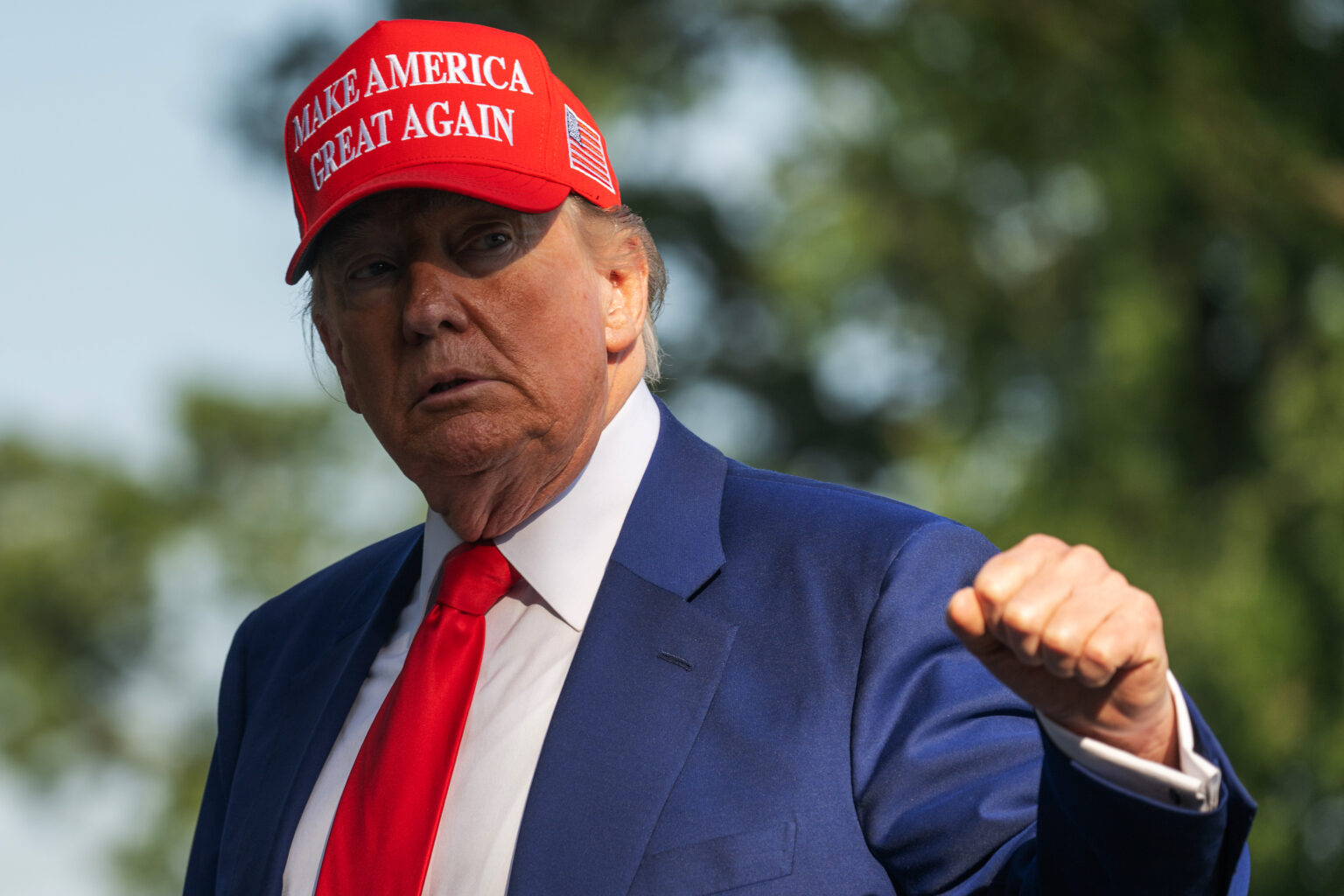A Pivotal Moment in Middle Eastern Geopolitics: The U.S. Strikes Iran’s Nuclear Infrastructure
In a move that marks a significant departure from previous U.S. foreign policy, President Donald Trump has authorized a comprehensive assault on Iran’s nuclear facilities, aiming to eliminate the country’s capacity to develop nuclear weapons. This decisive action has set in motion a chain of events whose outcome remains uncertain, with the global community anxiously awaiting Iran’s response and the broader repercussions that may follow.
The Historical Significance of the U.S. Military Action
The scope and timing of this military strike are unprecedented in recent Middle Eastern history. It signals a potential turning point, not only in U.S.-Iran relations but also in regional stability. The attack’s magnitude and the decision to target key nuclear sites underscore the seriousness with which the U.S. perceives Iran’s nuclear ambitions and its longstanding role as a supporter of regional terrorism.
The Context Leading to the Strike
The escalation began over a week ago when Israel launched its own operations against Iranian targets, raising fears of wider conflict involving the United States. However, the situation took an unexpected turn when President Trump, initially signaling a possible imminent military response, appeared to backtrack. On Thursday, he indicated that a final decision on large-scale military action would be made within two weeks, adding an element of unpredictability to the unfolding crisis.
Historically, Trump’s foreign policy has been characterized by a desire to reduce American involvement in prolonged conflicts. During his 2024 campaign, he emphasized ending existing wars and avoiding new ones, adopting a stance that could be described as muscular noninterventionism-assertive in rhetoric but cautious in deploying ground forces. This approach was exemplified by targeted actions like the 2020 drone strike that killed Iranian General Qasem Soleimani.
The Shift from Rhetoric to Action
Yet, the recent decision to deploy one of the military’s most powerful weapons-the bunker-busting bomb-on Iran signifies a notable shift. Iran, a nation that has been a primary exporter of terrorism and a persistent adversary of the U.S. since the 1979 revolution and the hostage crisis, now faces a direct and forceful response. The attack targeted three nuclear sites, including the heavily fortified Fordow facility, with the aim of crippling Iran’s nuclear program.
President Trump, speaking from the White House late Saturday, hailed the operation as a “spectacular military success,” claiming that Iran’s nuclear enrichment capabilities had been “completely and totally obliterated.” He characterized Iran as “the bully of the Middle East” and warned that Iran must choose between peace or facing further, more severe attacks-an indication of his hope that this strike will serve as a decisive deterrent.
Strategic Goals and Potential Outcomes
The primary objective appears to be to neutralize Iran’s nuclear ambitions swiftly, either through the destruction of key facilities or by compelling Iran to negotiate terms it previously refused. Ideally, the damage inflicted will be so extensive that follow-up strikes become unnecessary, or the attack will pressure Iran into accepting negotiations that limit its nuclear activities.
This approach aligns with Trump’s broader strategy of using limited but impactful military actions to achieve strategic goals without committing large-scale ground forces. Unlike the invasions of Iraq and Afghanistan, which resulted in prolonged conflicts and significant instability, this operation relies on precision and deterrence.
Diplomatic and Regional Reactions
Diplomatic efforts to de-escalate tensions have so far yielded little progress. Recent talks between Iran and European officials failed to produce concessions, indicating that Iran remains resistant to U.S. demands. The likelihood of retaliation is high, though the form and scope remain uncertain. Iran’s response could range from cyberattacks and proxy violence to direct military retaliation.
Remarkably, President Trump announced the strikes with minimal prior public explanation, employing a tone of ambiguity that may have been intended to influence negotiations or gauge domestic and international reactions. Polling data from The Washington Post reveals that public support for military action against Iran is relatively limited-about 45% oppose, 25% support, and 30% remain undecided-highlighting the divided opinion among Americans.
Comparing Public Support for Past Interventions
Support for military interventions in the Middle East has historically fluctuated. For instance, in 1991, prior to the Gulf War, 76% of Americans favored action to liberate Kuwait. After 9/11, support for the Afghanistan invasion soared to 94%, and in 2003, 71% backed the Iraq invasion based on claims of weapons of mass destruction-claims later proven false.
Today, the lower level of support reflects war fatigue and skepticism about military solutions. Nonetheless, if the current strikes prove successful in dismantling Iran’s nuclear program, public opinion could shift rapidly in favor of further action, especially if the threat of nuclear proliferation diminishes.
The Broader Implications for U.S. Foreign Policy
While the immediate goal is to weaken Iran’s nuclear capabilities, the long-term consequences remain uncertain. Historically, military interventions in the Middle East have often led to prolonged instability, as seen in Afghanistan’s 20-year conflict and Iraq’s tumultuous aftermath. The challenge now is whether this limited strike can achieve its objectives without spiraling into wider conflict.
President Trump’s strategy appears to hinge on the hope that a show of force will deter Iran and bring about a diplomatic resolution. The success of this approach depends on Iran’s response and the regional dynamics that follow. The region’s history suggests that volatility and unpredictable escalations are always a possibility, making cautious optimism essential.
Looking Ahead: Risks and Opportunities
The coming days and weeks will be critical in determining whether this bold military move results in a strategic victory or ignites a broader conflict. The international community will be watching closely, as the implications extend beyond Iran to regional stability and global security. While the hope is that this action will eliminate Iran’s nuclear threat and foster peace, history warns that such interventions often carry unforeseen consequences.
In conclusion, President Trump’s decision to strike Iran’s nuclear infrastructure marks a pivotal moment in Middle Eastern geopolitics. Its success or failure will shape the future of U.S. foreign policy and regional stability for years to come.

